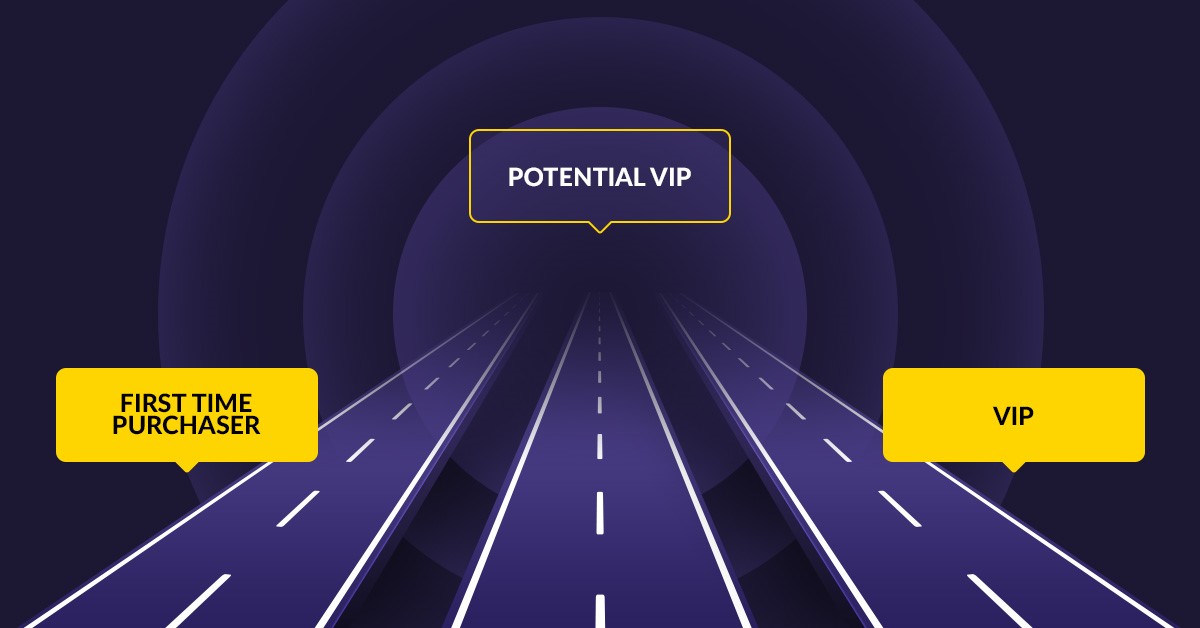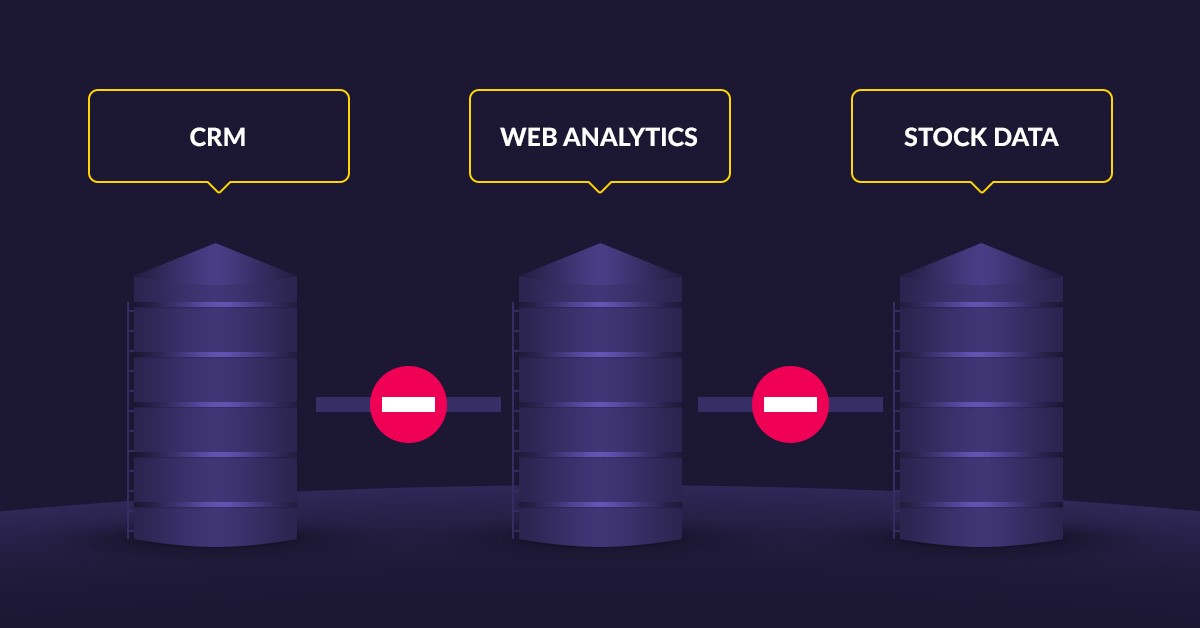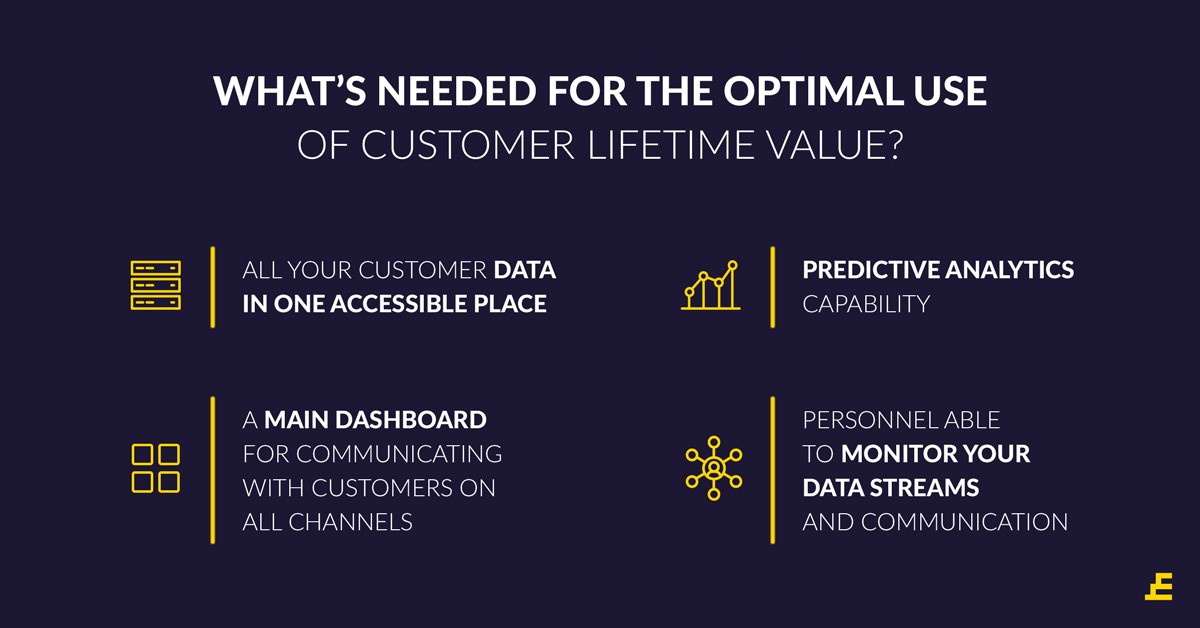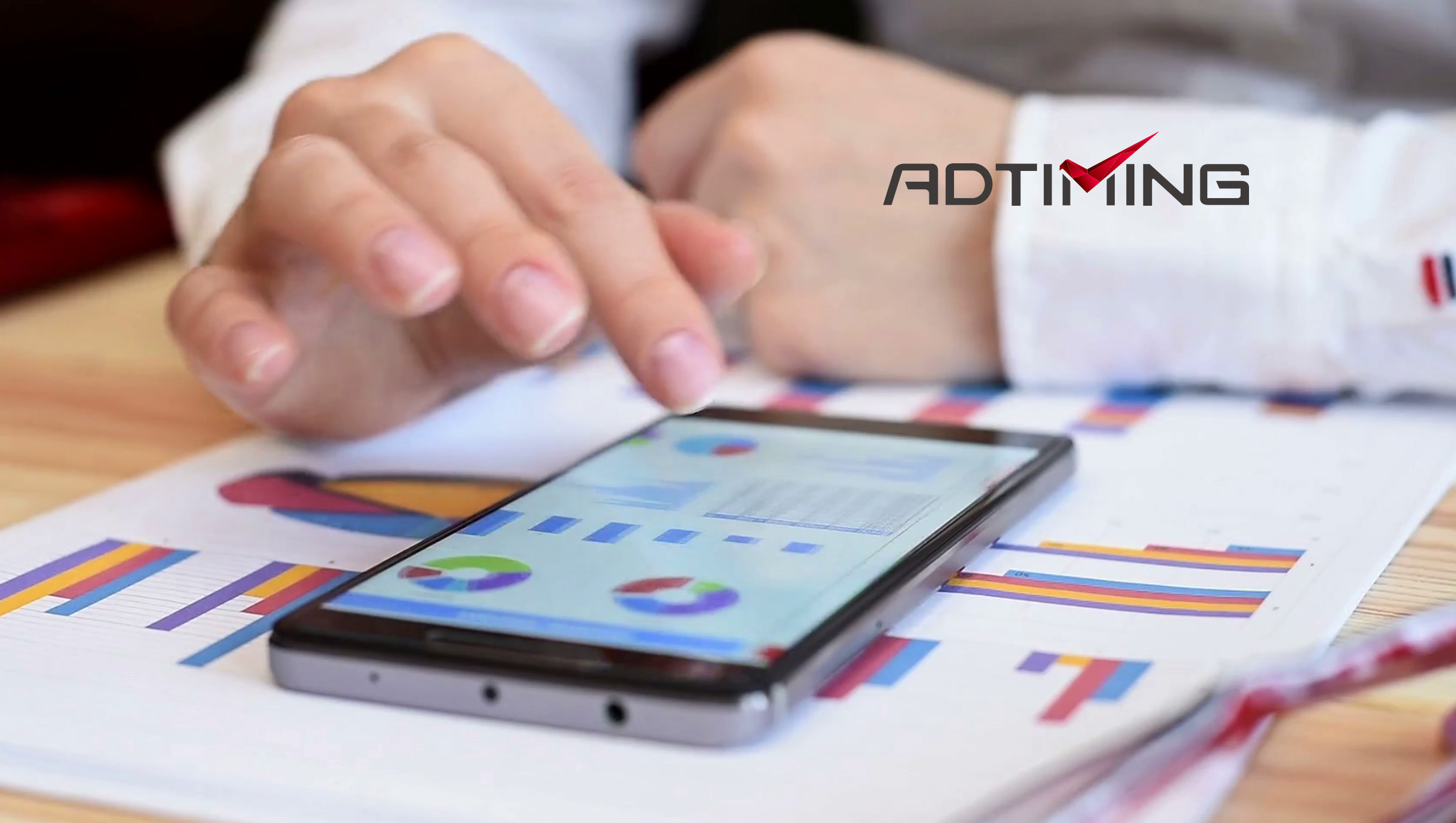Understanding and Utilizing CLV Marketing Strategies Will Vastly Improve Your Business’ Growth and Profitability
Customer Lifetime Value is a powerful and dynamic metric for marketing teams, yet it is still vastly underutilized and misunderstood. CLV (also called CLTV, LCV, or LTV marketing) has been discussed by marketers for years, but a recent study showed that 66% of marketers surveyed were still unaware of what it really means. What’s more, 76% felt their companies were not using CLV effectively.
Customer Lifetime Value: A Simple Definition
Let’s start with the basics. CLV is simply this: one customer’s value to your company over a period of time. You can calculate it at a basic level using this formula:

Of course, there are more comprehensive ways to measure CLV. For a deeper dive into some of those methods, check out how the Harvard Business Review explains calculating CLV. But for today, we’ll focus on practical ways understanding CLV can help you and your business.
Why should you pay attention to Customer Lifetime Value?
CLV helps you determine how much to spend on customer acquisition
Are you making enough money from each customer to justify what you spent to acquire them? Calculating your CLV will give you a better handle on how to allocate your acquisition costs. Keep CLV higher than customer acquisition costs and you’ll be in good shape.
CLV allows you to segment your customers based on their value to your business

There are numerous customer lifecycle management strategies to improve the lifetime value of customers at every stage. By segmenting customers according to their CLV, you can apply the right tactics to the right customers. Slowly upsell less valuable customers. Offer VIP customers periodic special offers or gifts. Acquire similar customers using look-alike modeling. The modern customer has been groomed to expect a more personalized experience; CLV helps your business provide that.
Recommended MarTech Blog: Straight Talk on How MarTech is Faring Amidst the Big Data Deluge
A CLV based marketing approach will lead to long-term company growth
Company growth is driven by mounting effective campaigns and fostering all-important customer loyalty. Refining your segmentation marketing strategies will help you retain VIP customers and ‘level up’ others, fueling company growth through customer loyalty.
CLV is customer-centric and will help you shape the personalized experience that is so crucial for keeping customers in today’s competitive e-commerce market.
Calculating CLV will lead to valuable insights for you and your team
The process of calculating CLV is valuable in itself. As you determine each customer’s journey you’ll ask questions such as: When do they purchase? Why? For how much? Answering these questions will help you gain insight into your customers’ journeys, which is more powerful than statistics alone.
Why Aren’t More Companies Taking Advantage of CLV?
Customer Data is Often Separated into Different Silos

As businesses grow, there is a tendency for data to end up fractured into different silos. Perhaps customer emails are kept separately from purchase histories, or multiple loyalty programs developed over the years keep data in different systems. Whatever the reason, data winds up stored in different places, with different departments in charge of management. This makes it harder for teams to execute a unified marketing strategy and make sure the data is working together.
You’re probably familiar with RFM analysis (Recency, Frequency, Monetary) as the commonly used model to find your valuable customers. While such an analysis can be done with siloed data, RFM analyses tend to be more rigid and may not paint a complete picture of customer behavior.
Unified customer data makes it much easier to get practical results. For more powerful insight, use a more modern CLV model which employs machine learning methods to make predictions. But remember, you can’t do it if your customer data is scattered and separated.
Today’s Customers are Buying From Multiple Devices
Most of us have made purchases from our phones, computers, tablets – maybe even our watches. It’s difficult for many companies to collect all that data into a single customer profile, which is necessary to make an accurate CLV estimate. This is another reason why unified customer data is so important, and why it’s necessary to have all your customer data displayed in one main dashboard view.
Data Analysis Skills are Needed
If your company is trying to track CLV, you may find you face a lack of qualified colleagues. It’s difficult to strategize if you’re not yet sure how to interpret the data. And without a good marketing tool to help you, it’s even harder to make sense of the rich stream of customer data.
How do I Use Customer Lifetime Value?
Once you have specifics like qualified personnel and unified customer data in place, you can start making real progress.

Utilized well, the CLV metric can help you reduce customer acquisition cost, increase customer retention, plan your marketing budget, prevent churn, measure your ad performance, and more.
Find and Acquire Future VIP Customers
Using data from your current high-value customers, you can use predictive analytics to find new potential VIPs. Target similar customers using a lookalike audience model, and target them with campaigns including special offers and personalized messages.
Make Segmentation Work For You
Identify which customers are VIPs and which are lower value by segmenting them into a value hierarchy. This opens up many possibilities. For example, you can discover exactly how much revenue is generated solely from your top VIP clients, and see which segments deserve the most attention.
Prevent Churn
Concentrate on keeping your customers. Using Average Order Value and Purchase Frequency, make sure you are sending the right offer to the right customer at the right time, enticing customers before they have a chance to churn.
Take Inventory and Strengthen your Weaknesses
As you successfully interpret your CLV data you’ll uncover your problem areas, informing you where to effectively invest more time and money.
Plan Your Marketing Budget
Plan a more precise marketing budget for your fiscal year using CLV data. Ensure customer acquisition cost is lower than customer lifetime value and maximize your long-term profitability.
Measure Your Ad Performance
Are you relying on the first-purchase profit of a customer to tell you how valuable they are? Take a look at this scenario:
Joan spends $10 on her first purchase. Mike spends $25. Mike is the more valuable customer, right? But after consulting your CLV data, you see that Joan has made multiple ongoing purchases while Mike has not.
Now you know that Joan is the type of customer you want to focus on, so you should invest in the type of ads that target customers like Joan. If you pull back and look at the data on a macro level, you’ll see which ads bring you the most value overall.
Are you ready to implement Customer Lifetime Value marketing strategies? You don’t have to figure it all out on your own. Marketing automation programs like Exponea can help you improve the profitability of your business and fuel long-term growth.











